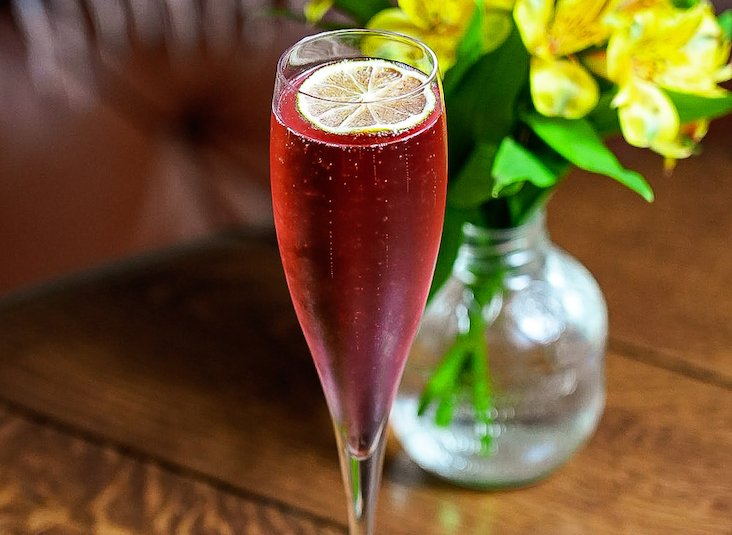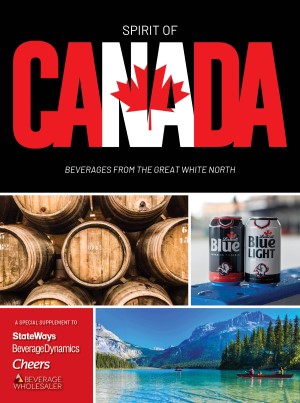The options available for guests choosing beer are broader than ever. The craft segment continues to develop alongside the popular mega-brands, and a diverse selection of artisan ales and lagers is becoming more the norm than an exception. But there’s still much uncertainty as to which beers taste best with which dishes.
Targeted recommendations of a particular beer style can greatly enhance a guest’s enjoyment of lunch or dinner in ways that are as welcome as they will probably be unexpected. This helps orient people, narrowing down choices, and it serves as a starting point for discussion.
Since consumers are often at a total loss regarding beer and food, they tend to drink their favorite brand or style with whatever they’re eating and don’t even bother considering complementarity. This is where some friendly advice would often be welcomed, provided any ideas on pairing are presented in the softest terms possible, as a helpful “by the way” type suggestion for those who seem open.
After the guest chooses from the food menu, you might mention, matter of factly, “You know which kind of beer we find works really well with that particular dish?” The suggestion should always be two-part: first, the name and style of the beer, and second, the reason why you believe it will taste delicious with the food.
The same overall strategy that works pairing wine to food also makes sense for beer. People can best visualize the match you’re recommending if the word “balance” is included in your description. As in, flavors that echo one another in the beer and the dish are generally appealing (because they’re in balance), flavors that contrast in crucial ways are enjoyable (because one balances the other). The tactile characteristics of a beer that leave the palate refreshed with certain types of food are usually popular.
We generally recommend beer and food that are proportional to one another in intensity of flavor and body. So lighter beers with light, delicate food, fuller, stronger-tasting beers with full-flavored dishes, and medium-intensity beers with medium-textured dishes.
Beer and wine are structurally different enough in ways that strongly affect the complementarity discussion. Beer is far less concentrated in alcohol, acid and tannin—all key sensory components which react significantly with food flavors and textures.
Beer is also more diverse in its spectrum of potential flavor influences, as there are a wide range of ingredients its recipe can incorporate. In particular, the bitterness a strong, hoppy flavor imparts can complicate the beer and food picture.
Here’s a categorization of common beer styles with regard to food compatibility: light, crisp beers (pilsener-style lagers, wheat beers); malty medium-intensity beers (amber ales and stronger lagers); highly hop-accented beers (IPAs) and dark, rich, malty or stronger flavored beers (stouts, porters, abbey style ales).
This is a good starting point. Recommend the lightest beers with shellfish and lighter fish dishes; the malty ales and lagers with richer fish steaks, poultry, pasta and spicy dishes; the hoppiest beers with dishes that have some sweetness or rich sauces; and the strongest beers with roasted meat dishes.
If you follow these guidelines and remember to use the key word “balance” in your recommendation, you’ll be ahead of the game. And beer-loving guests will likely enjoy their tasting experience in the same way that wine lovers have been doing for decades.




